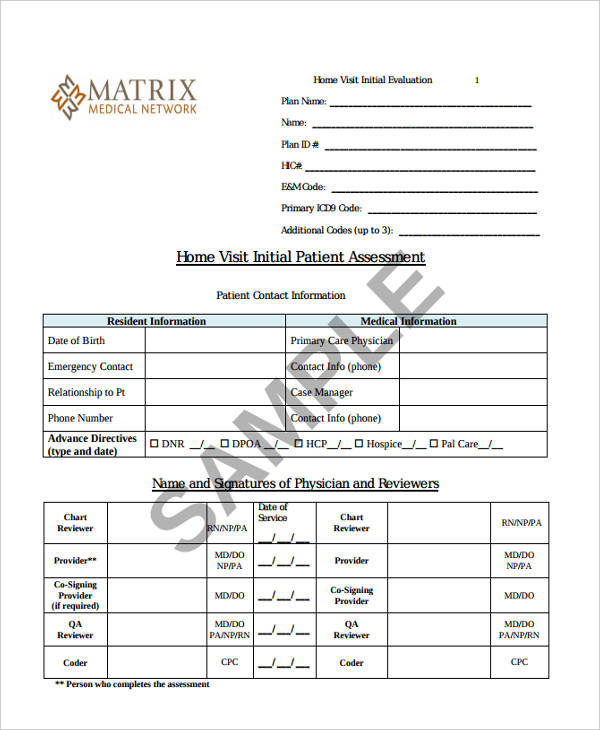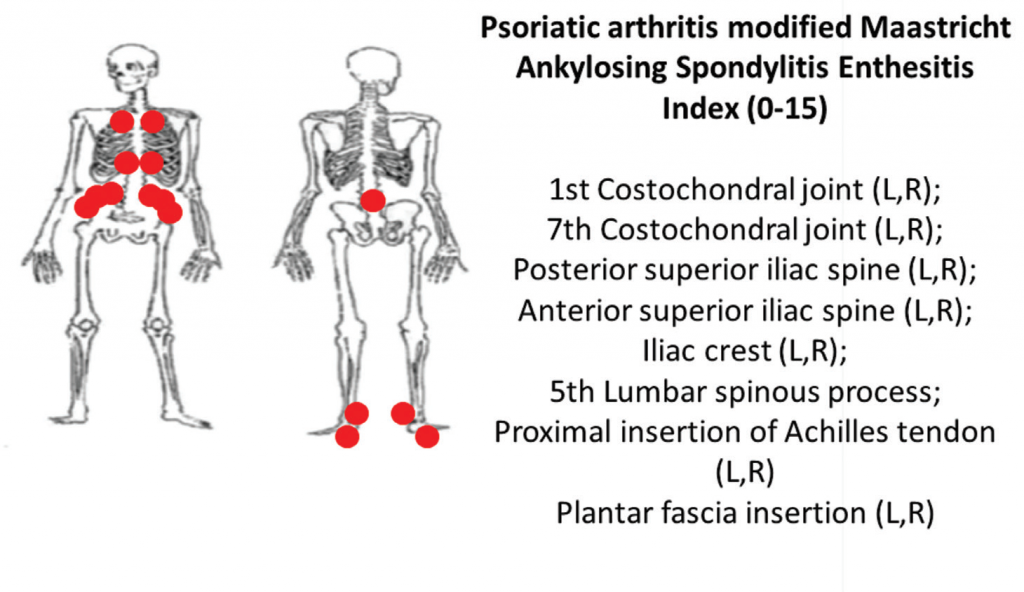
...
Vital signs
- Blood pressure.
- Pulse rate.
- Respiratory rate.
- SpO2 (also document supplemental oxygen if relevant)
- Temperature (including any recent fevers)
What is included in a patient assessment?
A comprehensive health assessment gives nurses insight into a patient's physical status through observation, the measurement of vital signs and self-reported symptoms. It includes a medical history, a general survey and a complete physical examination.
What are the five components of patient assessment?
emergency call; determining scene safety, taking BSI precautions, noting the mechanism of injury or patient's nature of illness, determining the number of patients, and deciding what, if any additional resources are needed including Advanced Life Support.
What are the 4 general components of a nursing assessment?
The four medical assessments regularly performed on patients are:Initial assessment. ... Focused assessment. ... Time-lapsed assessment. ... Emergency assessment.
What are the 5 steps in the patient assessment sequence?
The steps are as follows:Assessment phase.Diagnosis phase.Planning phase.Implementing phase.Evaluation phase.
What are the four types of patient assessment?
There are mainly four types of health assessments – Initial Assessment, Focused Assessment, Time-lapsed Assessment, and Emergency Assessment.
How do you perform a patient assessment?
WHEN YOU PERFORM a physical assessment, you'll use four techniques: inspection, palpation, percussion, and auscultation. Use them in sequence—unless you're performing an abdominal assessment. Palpation and percussion can alter bowel sounds, so you'd inspect, auscultate, percuss, then palpate an abdomen.
How do you write a nursing assessment?
How to write a Nursing Assessment Report: A Step by step GuideCollect Information. ... Focused assessment. ... Analyze the patient's information. ... Comment on your sources of information. ... Decide on the patient issues.
What are the 5 main components of a care plan?
What Are the Components of a Care Plan? Care plans are structured as a five-step framework: assessment, diagnosis, outcomes and planning, implementation, and evaluation.
Why are patient assessments important?
Assessment is the first stage of the nursing process and enables the nurse to undertake a holistic assessment of the patient considering all of the individuals needs in order to identify their problems.
What is the very first step in your patient assessment?
The first step of any patient assessment, medical or trauma is to form a general impression of the patient's condition.
What is the first step in any type of patient assessment?
The ABCCS assessment (airway, breathing, circulation, consciousness, safety) is the first assessment you will do when you meet your patient. This assessment is repeated whenever you suspect or recognize that your patient's status has become, or is becoming, unstable.
What is patient assessment in nursing?
Patient assessment is the foundation of any plan of care. This zone collates essential clinical content to help nurses refresh their knowledge of the underlying principles of assessment and the skills required to help plan and evaluate patient care.
What is patient assessment in nursing?
Patient assessment is the foundation of any plan of care. This zone collates essential clinical content to help nurses refresh their knowledge of the underlying principles of assessment and the skills required to help plan and evaluate patient care.
What is the purpose of patient assessment?
Assessment is the first part of the nursing process, and thus forms the basis of the care plan. The essential requirement of accurate assessment is to view patients holistically and thus identify their real needs.
What is primary assessment?
primary assessment a rapid, initial examination of a patient to recognize and manage all immediate life-threatening conditions. Called also primary survey.
What is the initial assessment?
Initial assessment happens at the time of transition into a new learning programme. It is a holistic process, during which you start to build up a picture of a learner's achievements, skills, interests, previous learning experiences and goals, and the learning needs associated with those goals.
What is assessment section?
The assessment section is where you document your thoughts on the salient issues and the diagnosis (or differential diagnosis), which will be based on the information collected in the previous two sections.
What should be included in subjective documentation?
The subjective section of your documentation should include how the patient is currently feeling and how they’ve been since the last review in their own words.
How many OSCE checklists are there?
If you'd like to support us and get something great in return, check out our OSCE Checklist Booklet containing over 150 OSCE checklists in PDF format. You might also be interested in our Clinical Skills App and our OSCE Flashcard Collection which contains over 2000 cards.
What is the final section of a review?
The final section is the plan, which is where you document how you are going to address or further investigate any issues raised during the review.
When to use quotation marks in a patient response?
You should document the patient’s responses accurately and use quotation marks if you are directly quoting something the patient has said.
Can you comment on a diagnosis that is already known?
If the diagnosis is already known and the findings of your assessment remain in keeping with that diagnosis, you can comment on whether the patient is clinically improving or deteriorating:
What to include in a patient assessment?
What to Include. In your patient can plan, include date about the patient. Data gathered as part of the patient assessment can be categorized as either objective or subjective: Objective – Facts that are not influenced by personal feelings or interpretations. Examples: laboratory results, weight, vital signs.
What is the purpose of the care plan section of a veterinarian's medical record?
The intention of this section is to provide veterinary technicians with guidelines for writing the patient care plan portion of the veterinary medical record. As there is no standardized format for writing a veterinary care plan, the following principles are only one example of how a care plan may be formulated.
What are some examples of subjective information?
Examples: body condition score, pain scale rating, temperament. In addition to objective and subjective information, be sure to include the following pieces of information: ...
S.O.A.P. System
PC; Presenting condition information from patient regarding their main complaint.
Vital Signs
A vital signs survey is completed to establish a baseline of the patients condition in order to determine time criticality and identify emerging trends. A full set of vital signs should be obtained early and should be repeated at regular intervals as appropriate for patient’s condition.
Chief Complaint & History Gathering
History gathering is an important skill. Through appropriate questioning and investigation, crucial information may be gathered to assist in patient management. It is very important to be objective so as to avoid tunnel vision. Develop your own method of questioning that will assist in producing the information listed below:
Why is it important to do a patient assessment?
It is important to perform a history and do a focused physical exam to be sure that there aren't any medical risks that would predispose the patient to a medical emergency during the actual procedure. It is also important to talk to the patient to get a feel for the patient's psychological state.
What is included in a pre-operative physical exam?
A complete pre-operative physical exam should also include a head and neck exam, cardiovascular exam and pulmonary exam. In addition, it is also important to perform an airway exam, and that involves looking at the tongue, at the neck.
How to know if a patient has a good history?
A good history is merely confirmed by the physical examination. Begin with the basic vital signs including blood pressure, heart rate, respirator y rate, and record the height and weight of the patient.
What is risk assessment?
Risk Assessment. In order to answer these questions, a risk assessment is performed, which requires taking a medical history and performing a physical examination. Most of the information obtained in the medical history will be the basis for the risk assessment and it is important for the clinician to spend time talking with the patient.
What is an ASA 3 patient?
Patients classified as ASA 1 or 2 do not require any modifications to the sedative technique. An ASA 3 patient requires more caution; modifications might be needed, such as lighter sedation or treatment in a hospital setting. An ASA 4 patient should only be treated in a hospital dental facility, and should generally undergo emergency and palliative care only.
How many pages should a referral report be?
Bornstein agrees, noting that reports can be as short as several pages and often run between five and 15. To assist a busy clinician who might need to reference a report’s contents quickly, it’s helpful to write a summary of the referral question and primary conclusion at the beginning of the report and follow with a more detailed explanation further on, he says.
What is a good rule of thumb for forensic evaluation?
A good rule of thumb, Wright says, is to consider whether the report’s underlying assessment would meet a forensic standard. “We tend to have very high standards for forensic evaluations because they have to be defensible in court,” he says. ■ But don’t hide behind the test results.
Is it easy to write a psychological assessment report?
Developing and honing psychological assessment report writing skills is not easy, says Hadas Pade, PsyD, an assistant professor at Alliant International University’s California School of Professional Psychology in San Francisco, who co-leads workshops on writing meaningful reports.
Should psychologists integrate findings from multiple sources into a single section on inattentiveness or another issue?
Instead, the psychologist should integrate findings from multiple sources into a single section on inattentiveness or another issue, Wright says.
